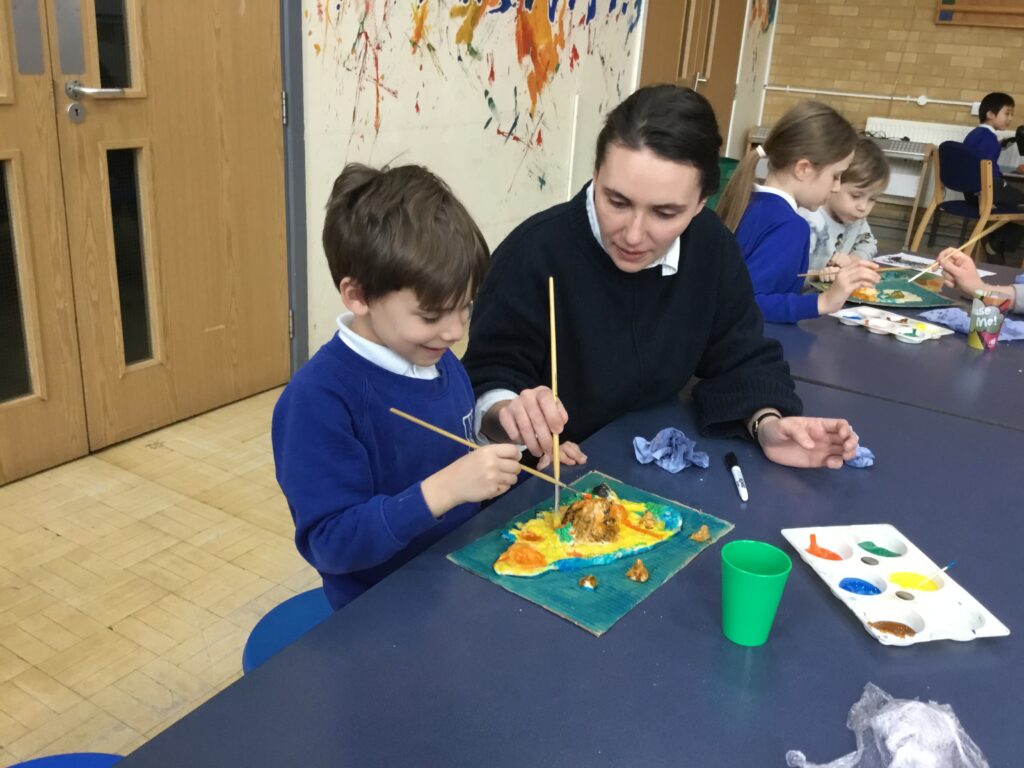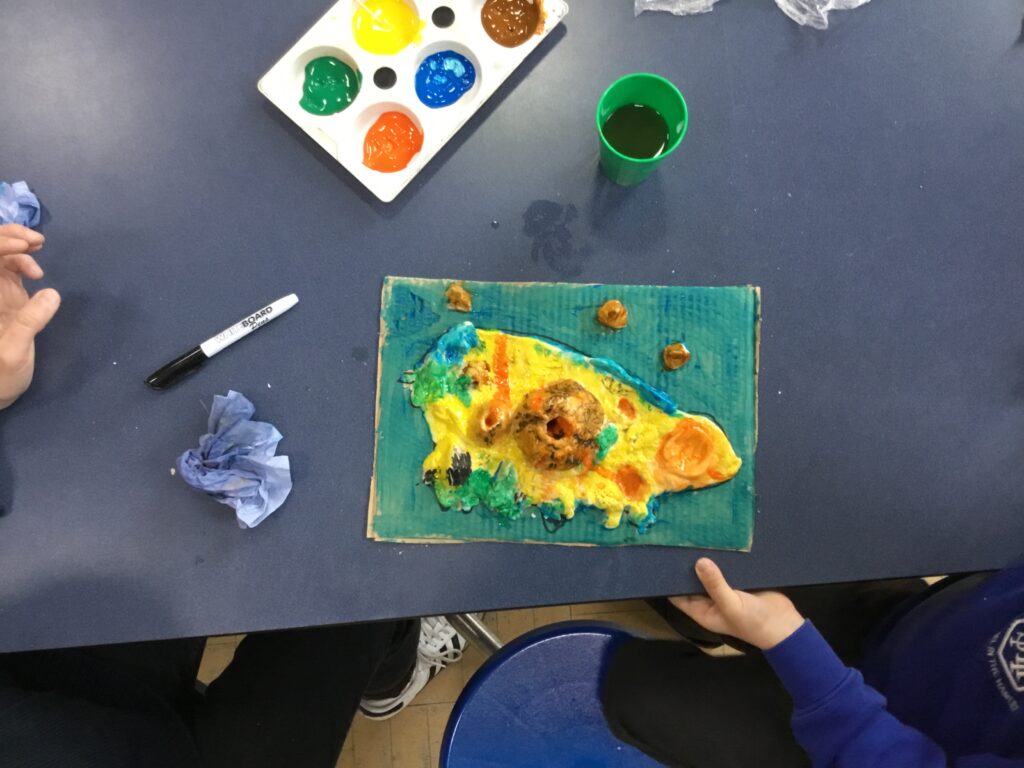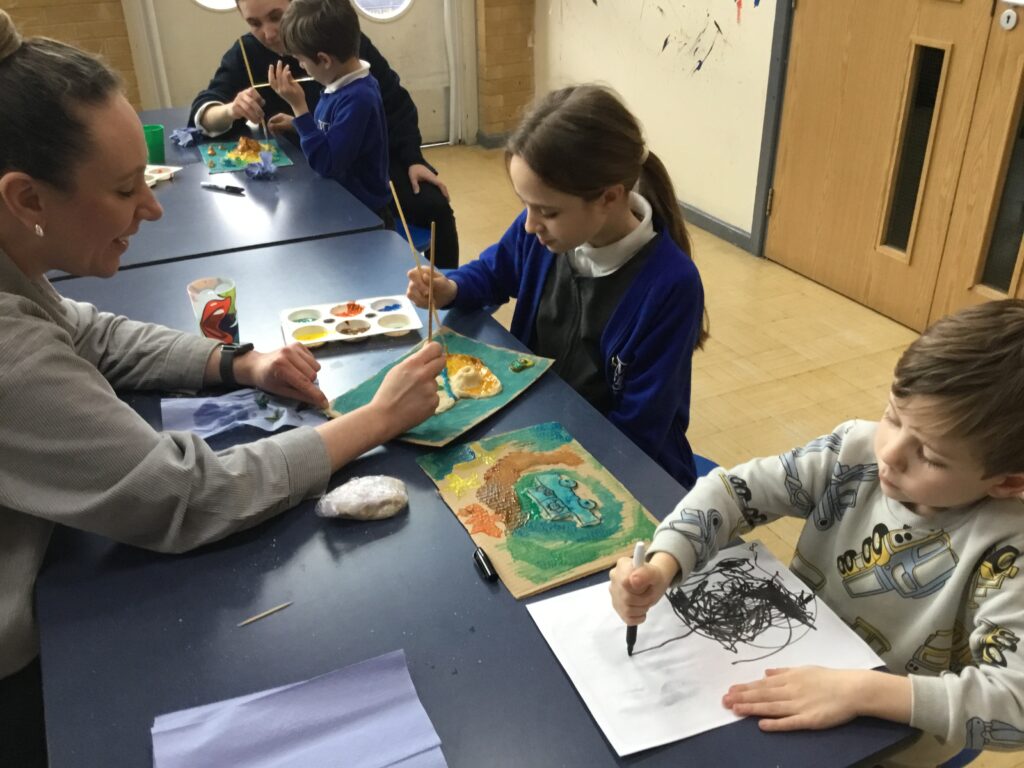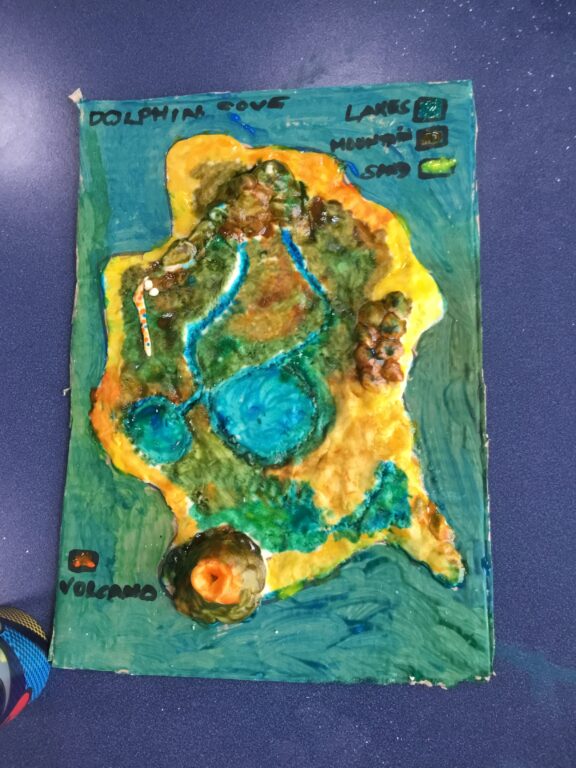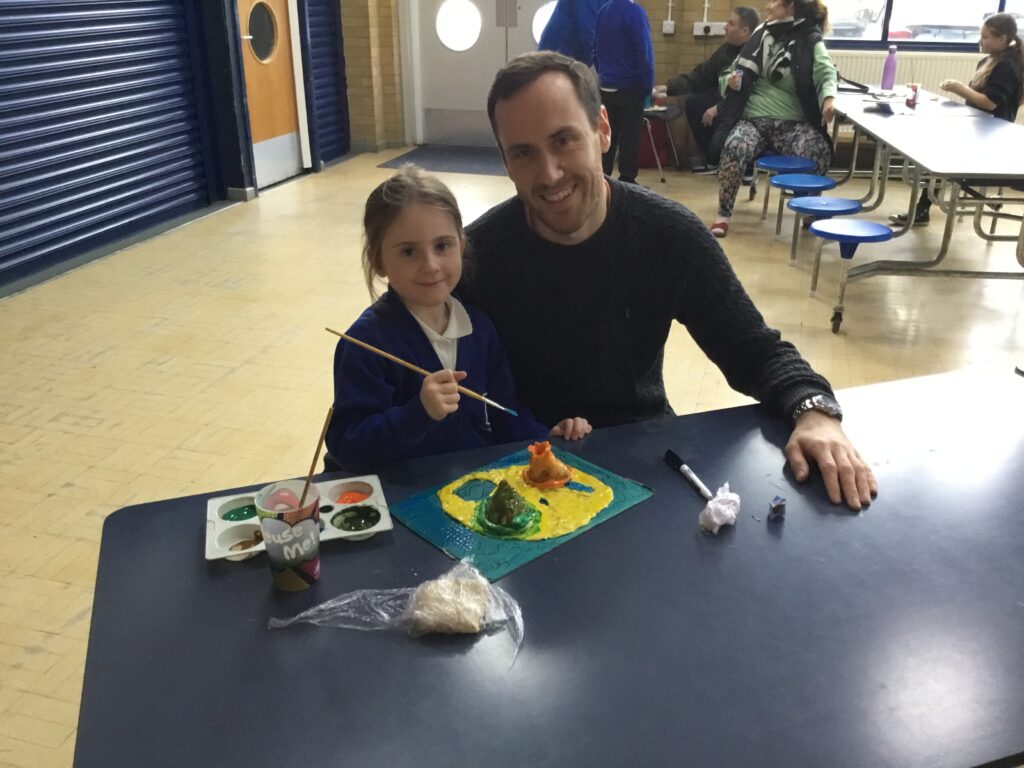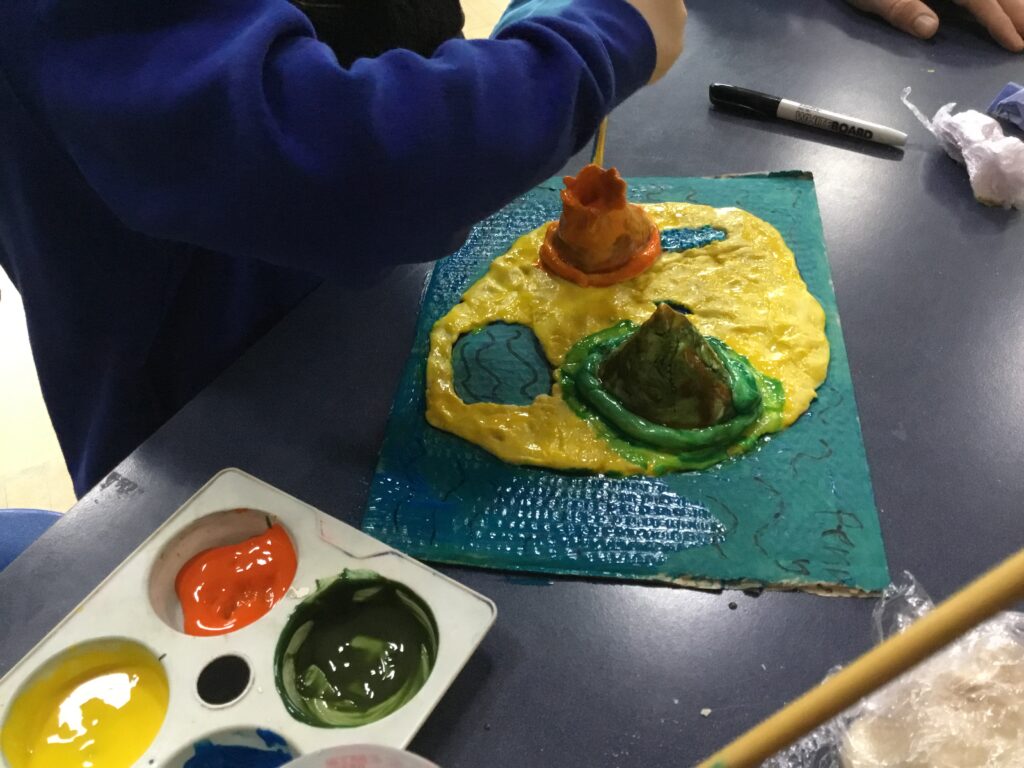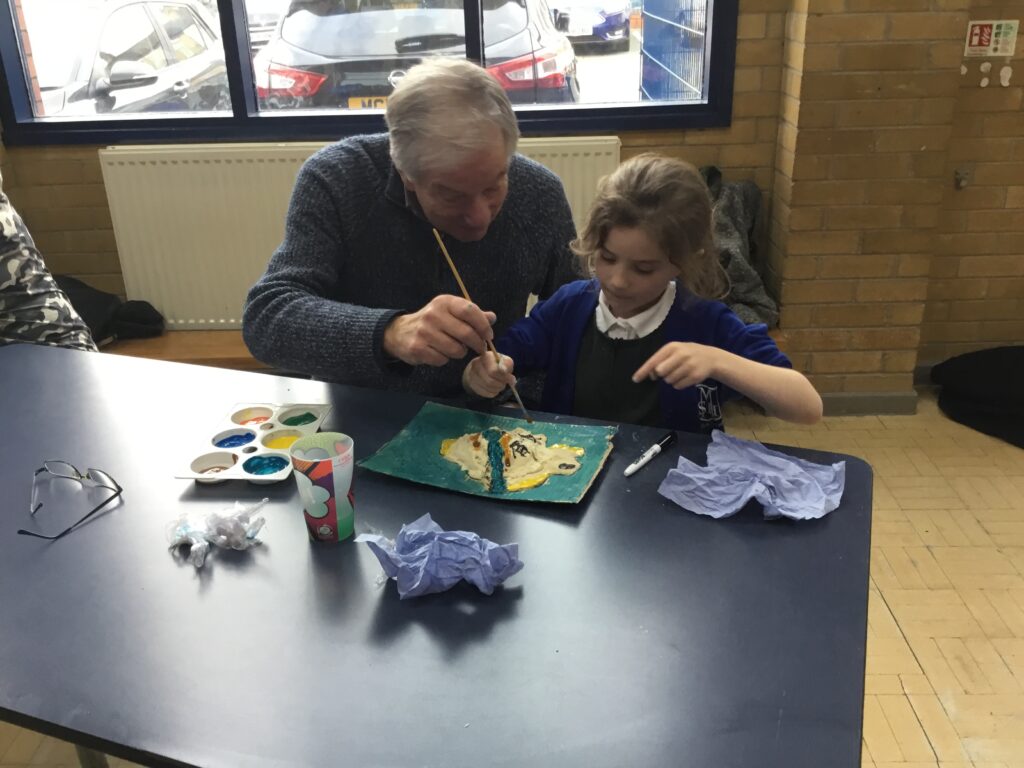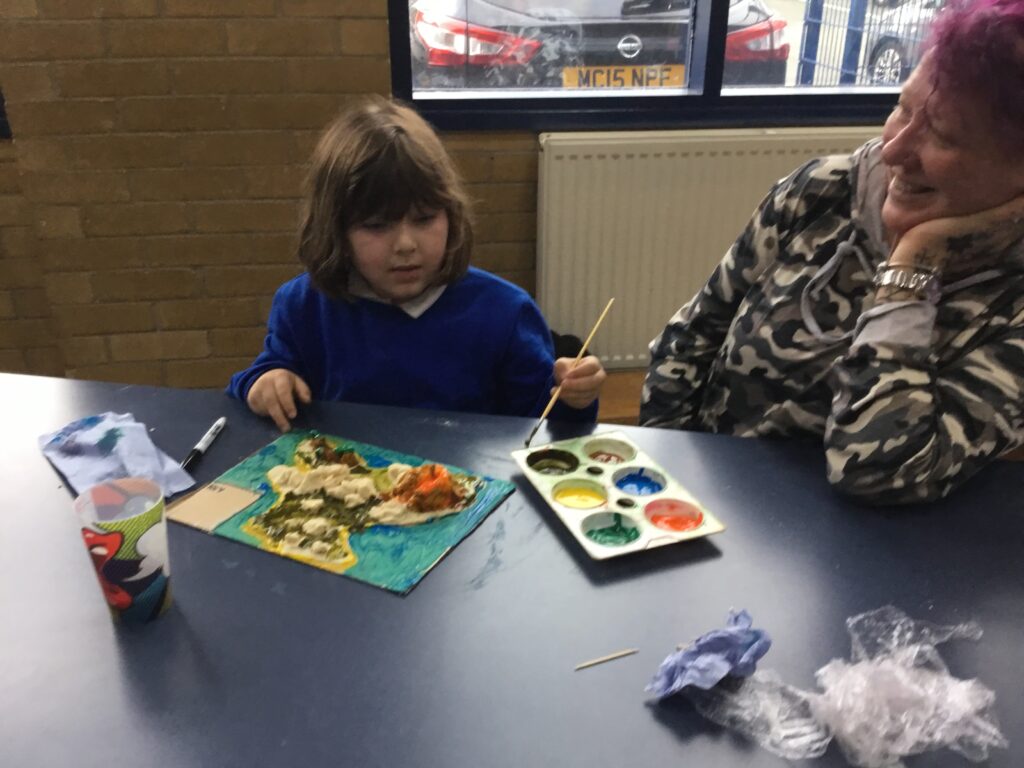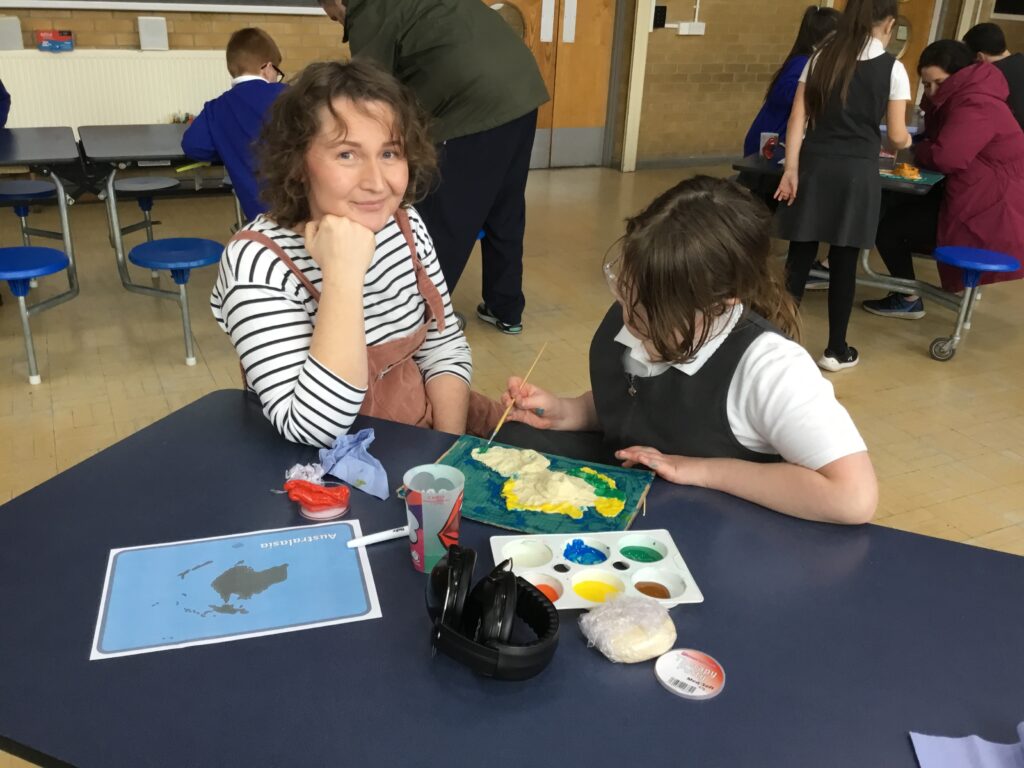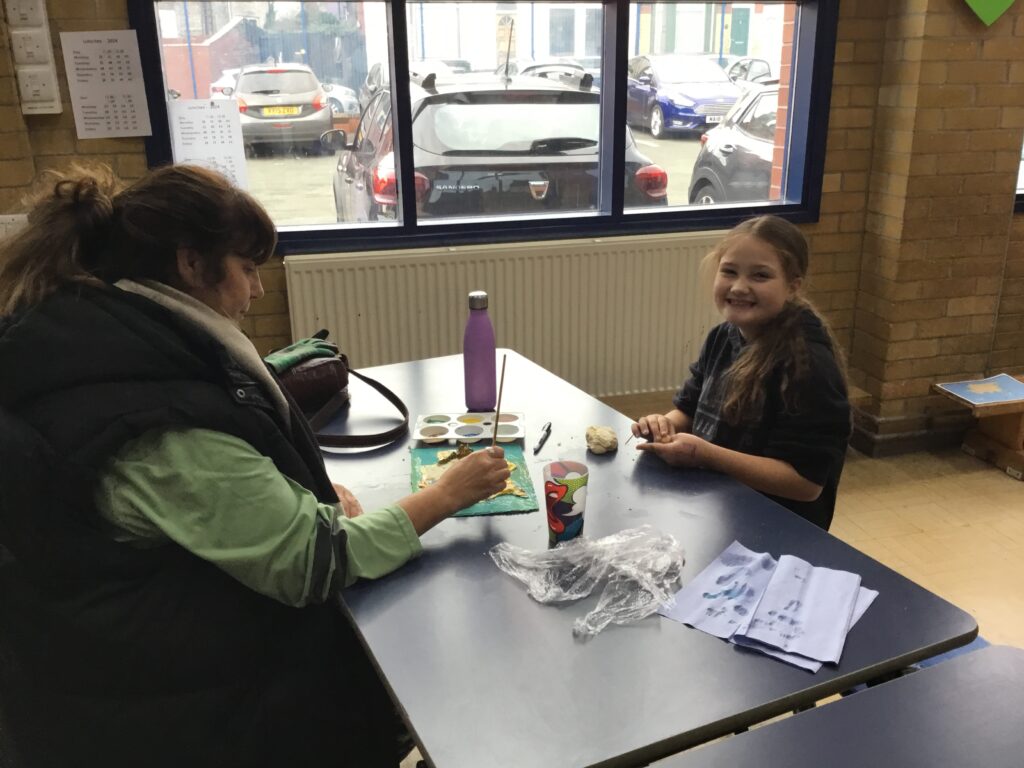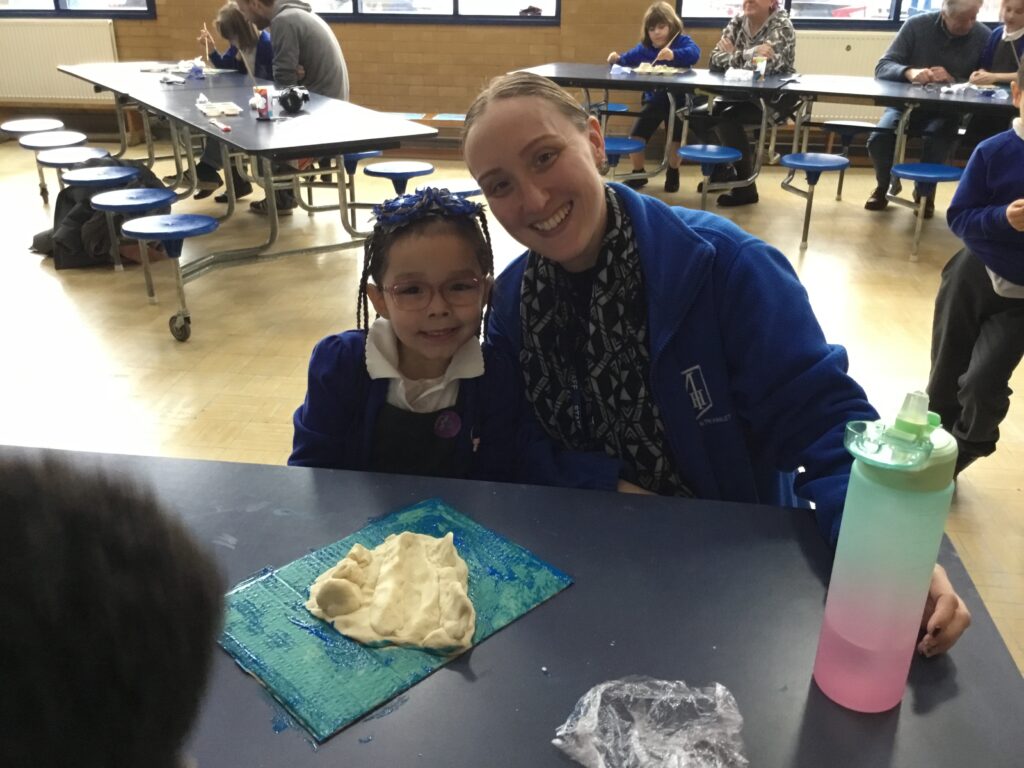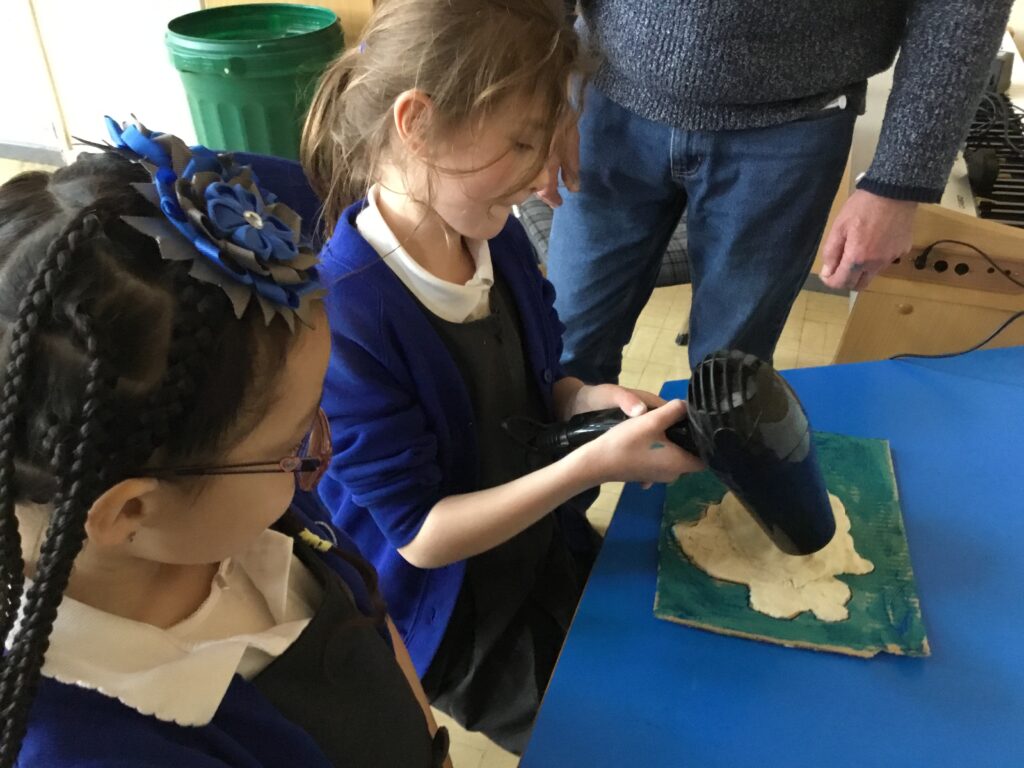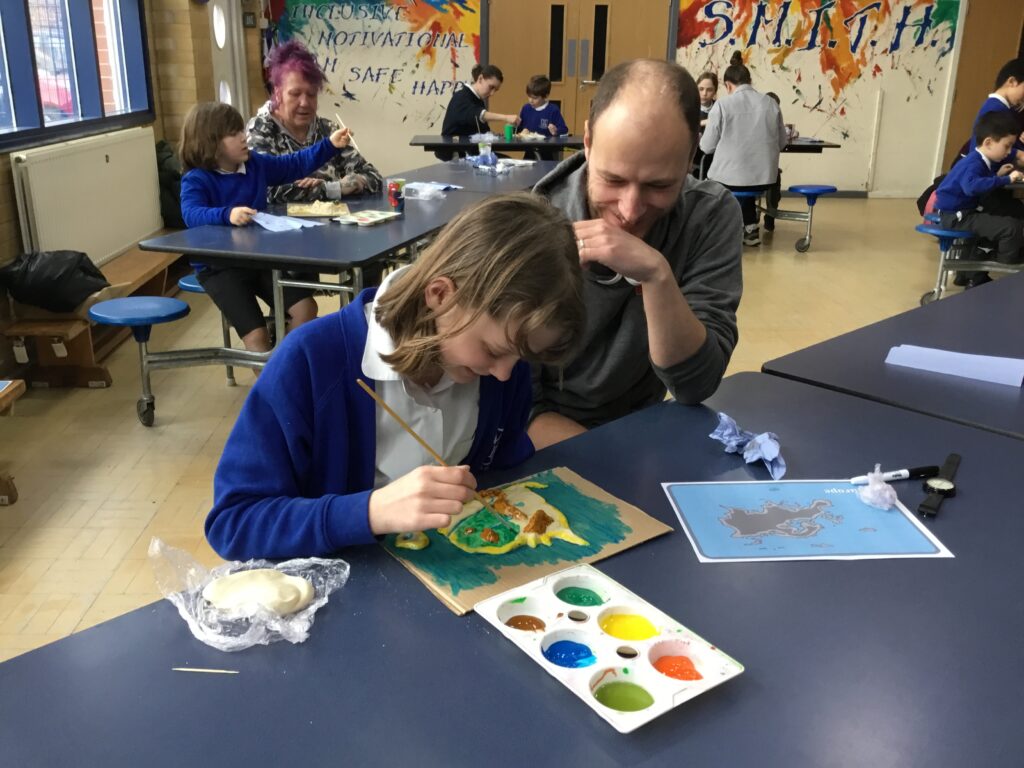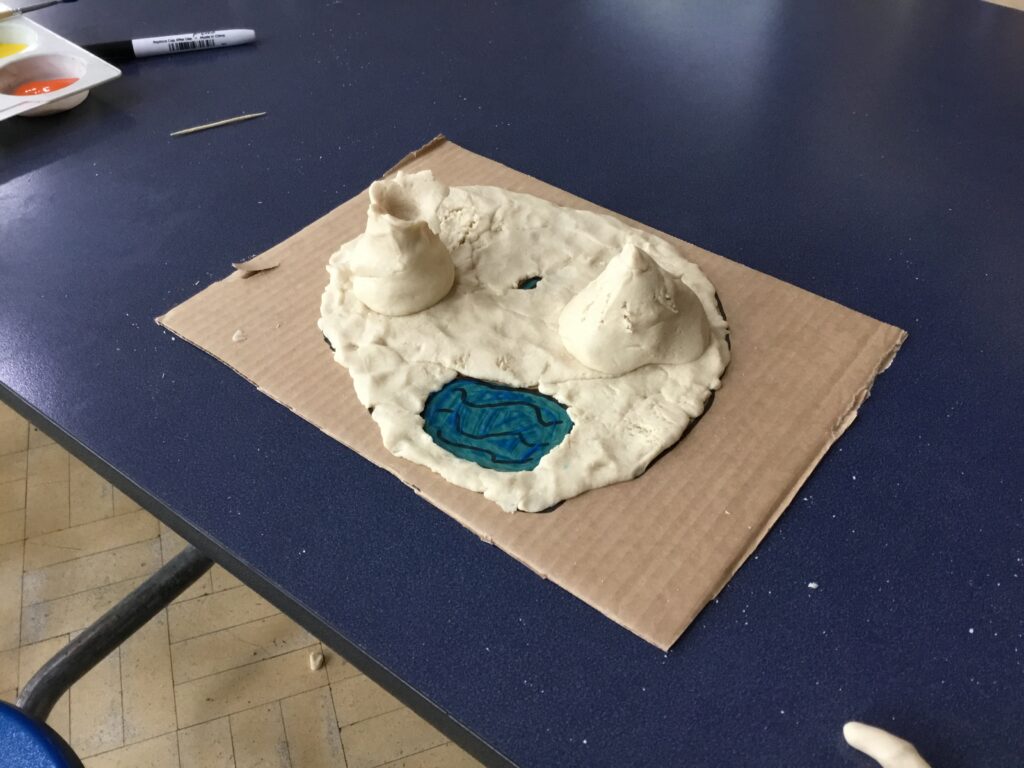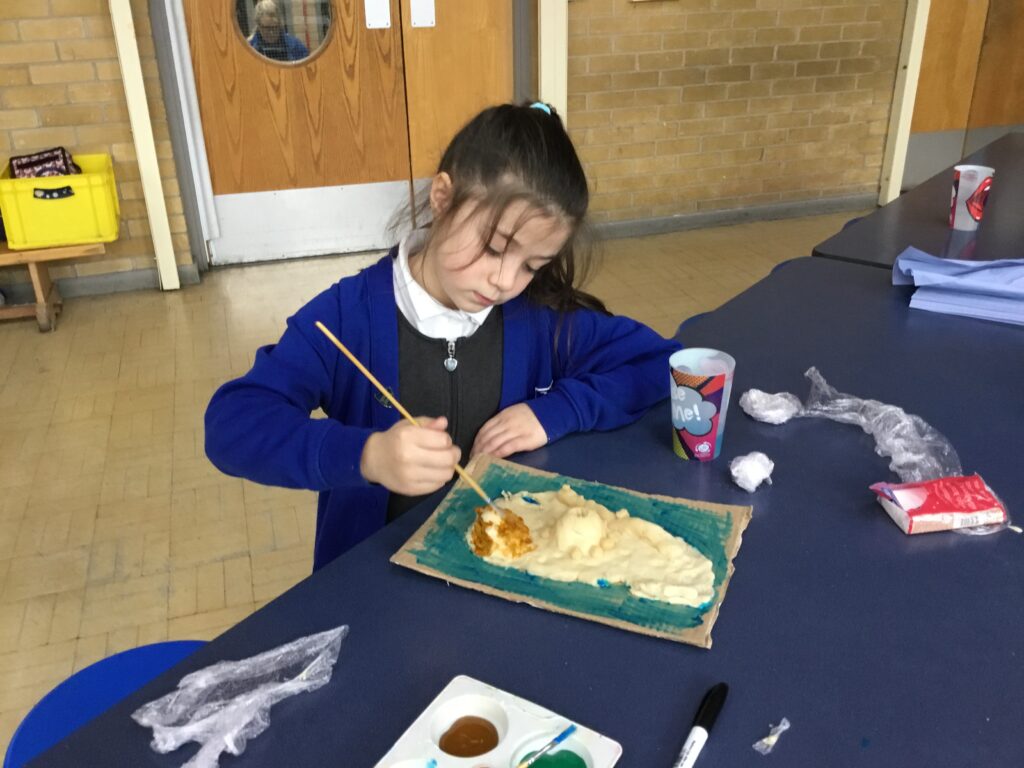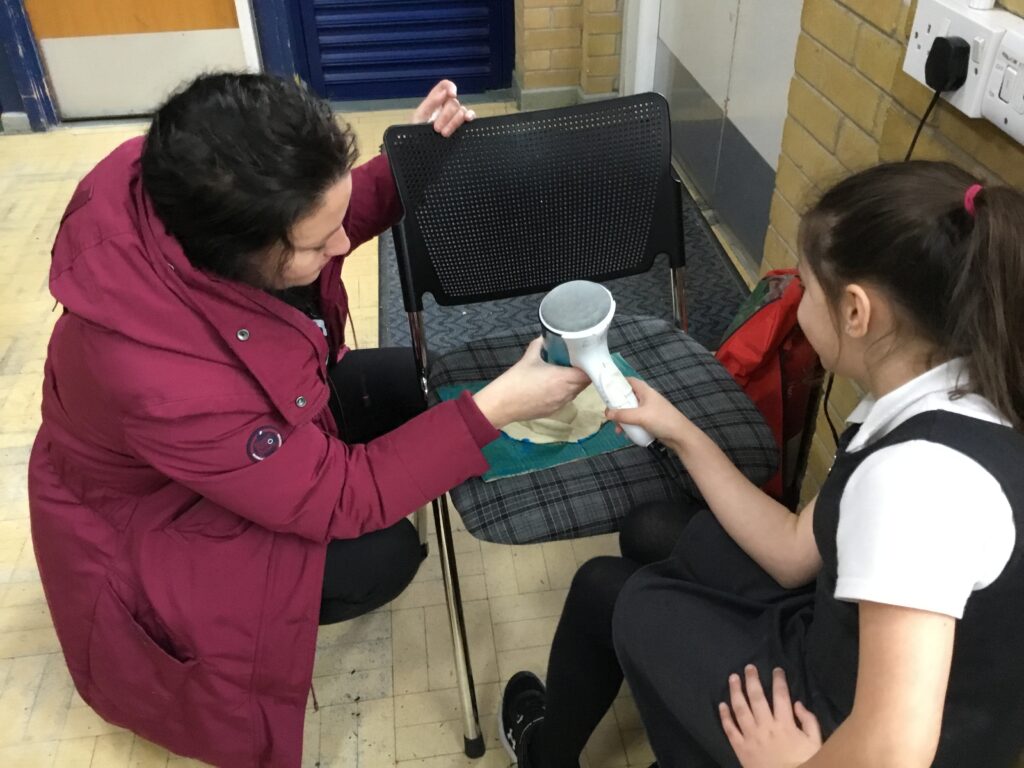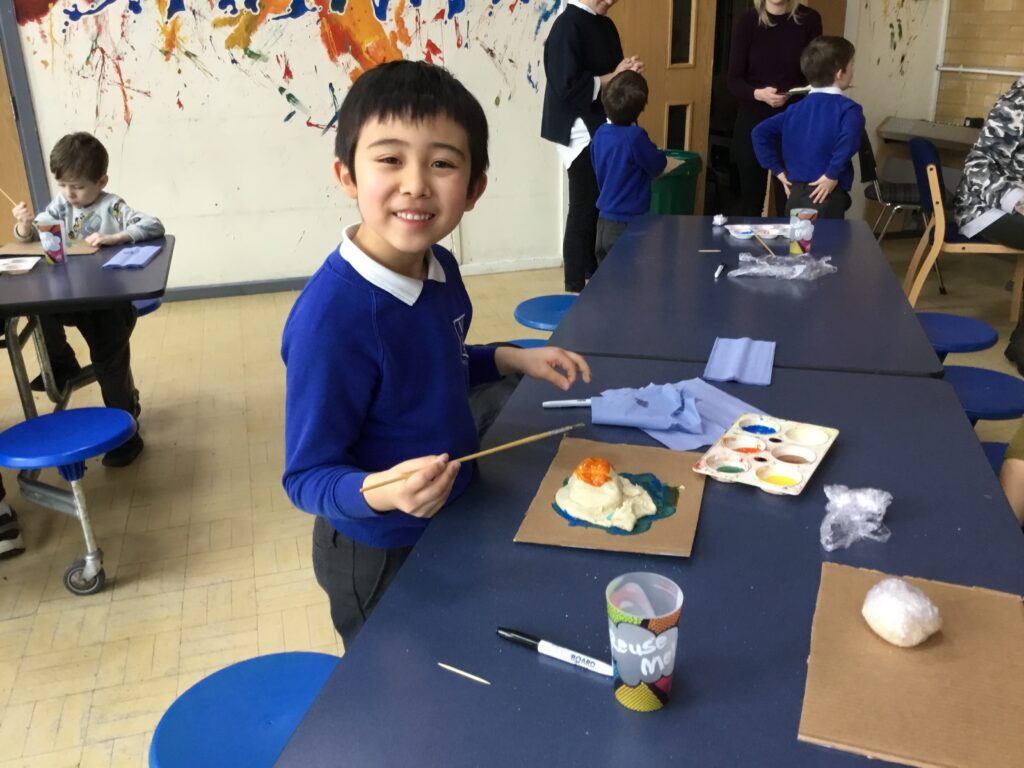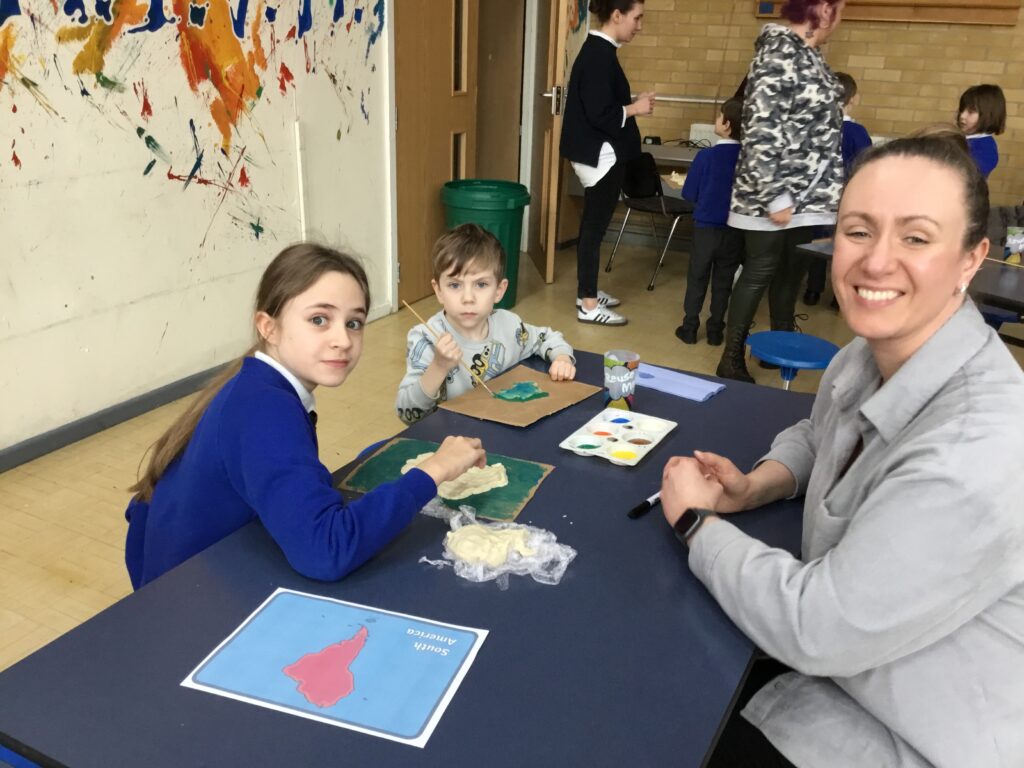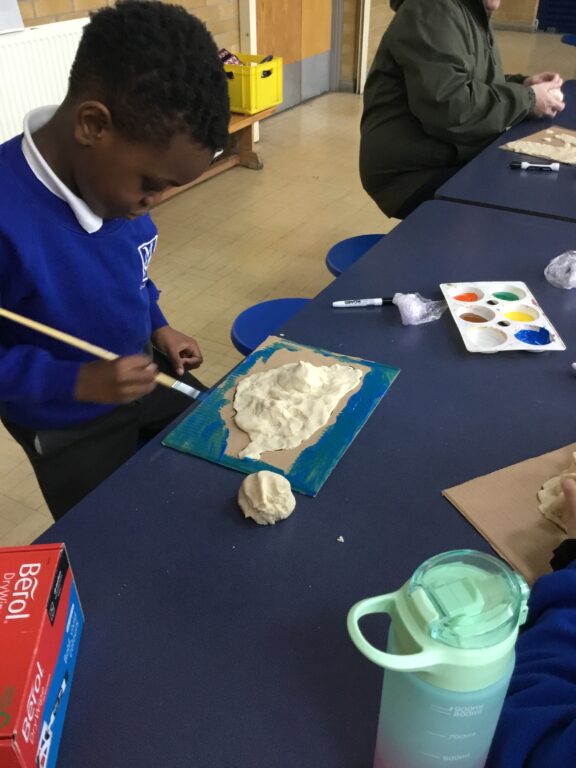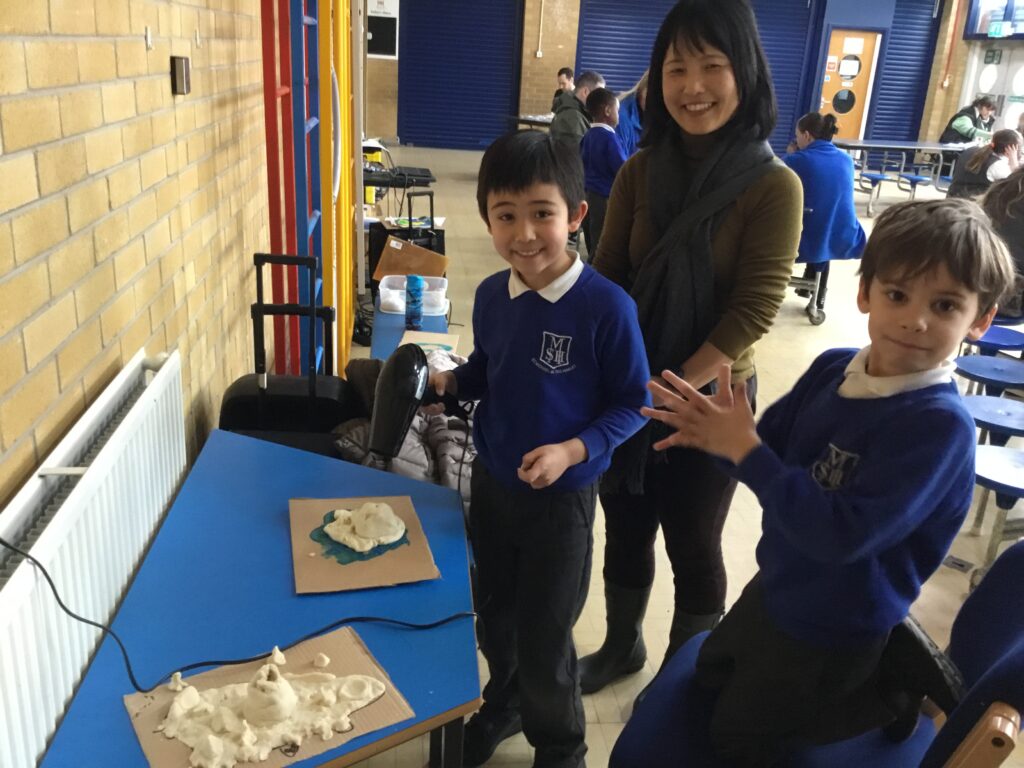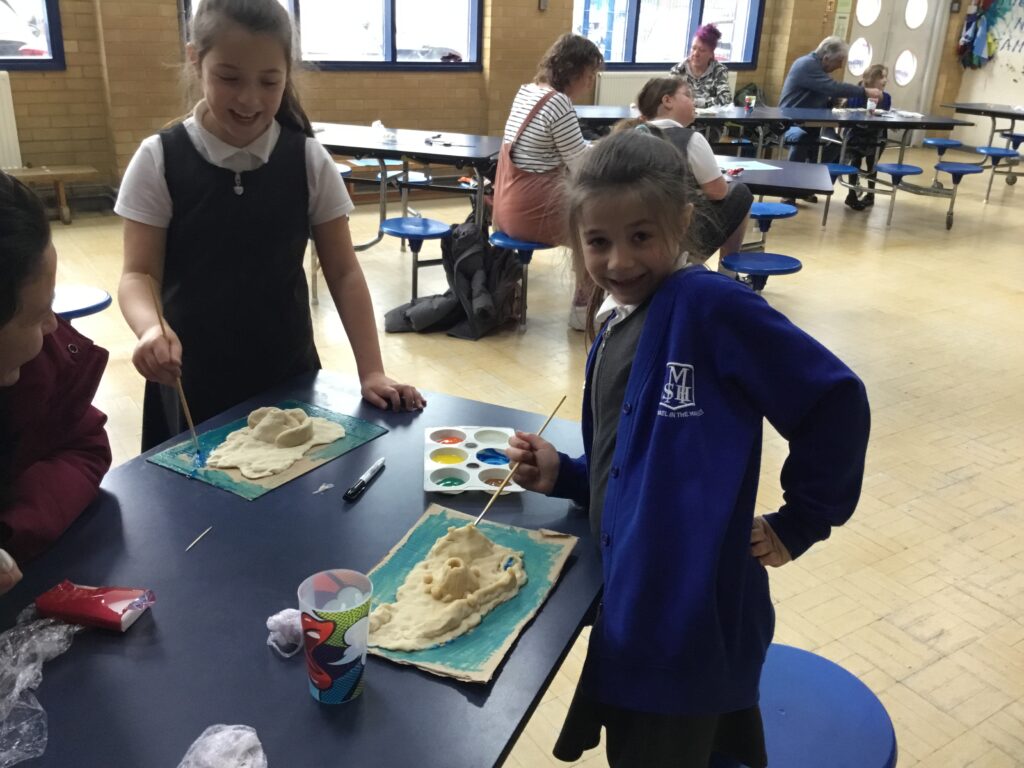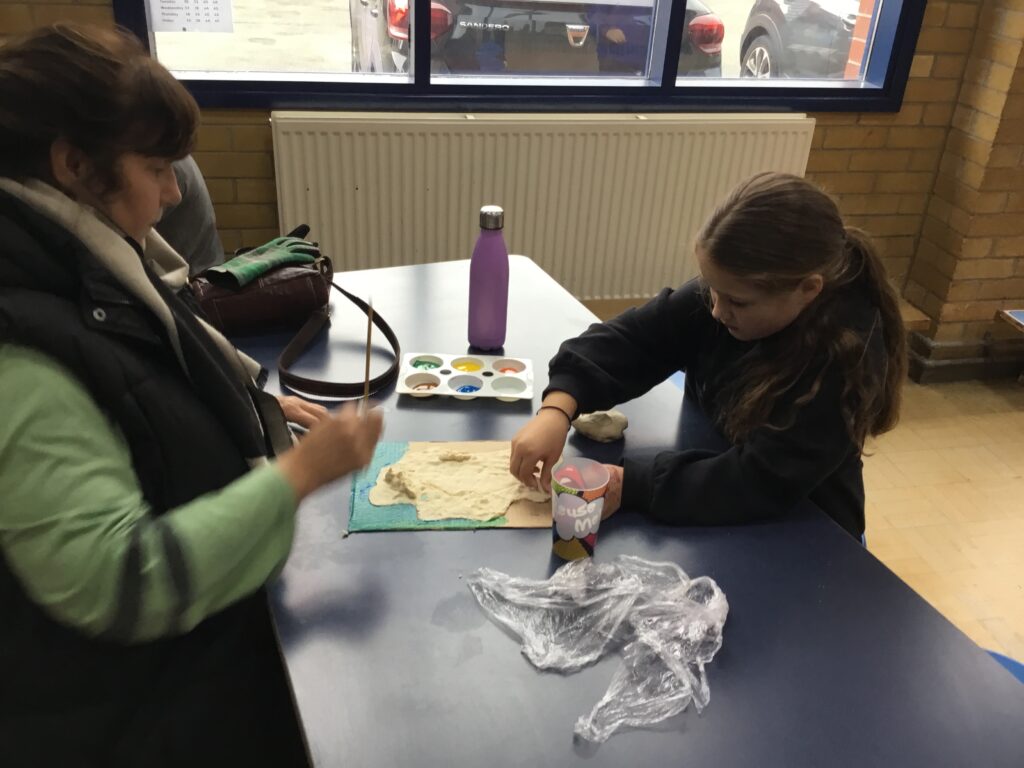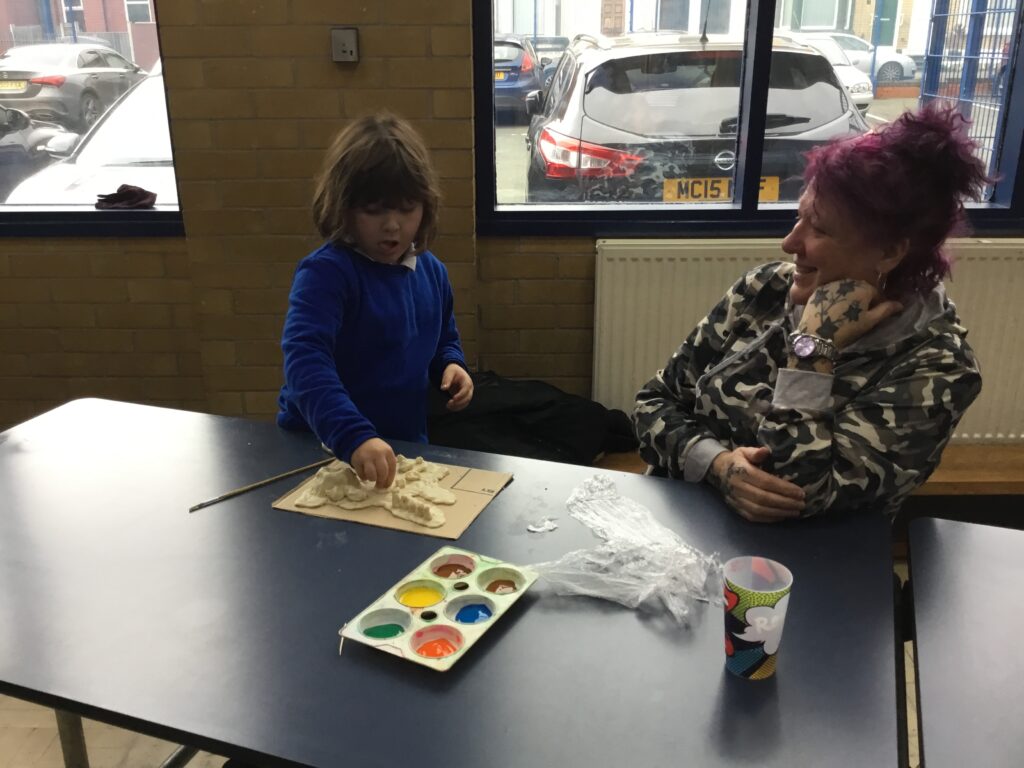A high-quality Geography education should inspire a sense of awe and wonder in the natural world. It should develop a solid sense of place and space: from their immediate locality through to comparative case studies of EU and non-EU locations. Pupils will gain knowledge about diverse places, people, resources and natural and human environments, together with a deep understanding of the Earth’s key physical and human processes. As pupils progress, their growing knowledge about the world should help them to deepen their understanding of the interaction between physical and human processes, and of the formation and use of landscapes and environments. Geographical knowledge, understanding and skills provide the frameworks and approaches that explain how the Earth’s features at different scales are shaped, interconnected and change over time. Case studies, of increasing challenge as pupils progress through school, then provide opportunities to synthesise prior learning through a range of key geographical themes

The Geography Curriculum at S.M.I.T.H is bespoke to the school. It is designed in line with the unique character of the school and the area it is located. Threaded through the curriculum, from Nursery through to Year Six, are curricular strands which run through the whole Geography Curriculum,. They provide the basic ‘grammar’ for Geography and clearly defined progression or subject-specific knowledge, skills and understanding. These strands are:
Locational Knowledge
Place Knowledge
Physical Geography and Processes
Human Geography
Natural Resources and Land Use
Sustainability
Mapping Skills
Weather and Climate
Interdependence

Geography National Curriculum Programmes of Study for Key Stage One and Two
SMITH Geography Yearly Overview 2024
Geography Family Learning Day – January 2024
The children and adults enjoyed a creative, relaxing afternoon together in the Junior Hall. They were set the challenge to create a 3D topographical map, designing their own island. They used salt dough to create the rises and falls of their models, then painted each feature alongside a ‘key’ so the map could be easily understood. It was great to see so many families having fun learning together and bringing their own geographical skills and knowledge to life. Well done, everyone!
